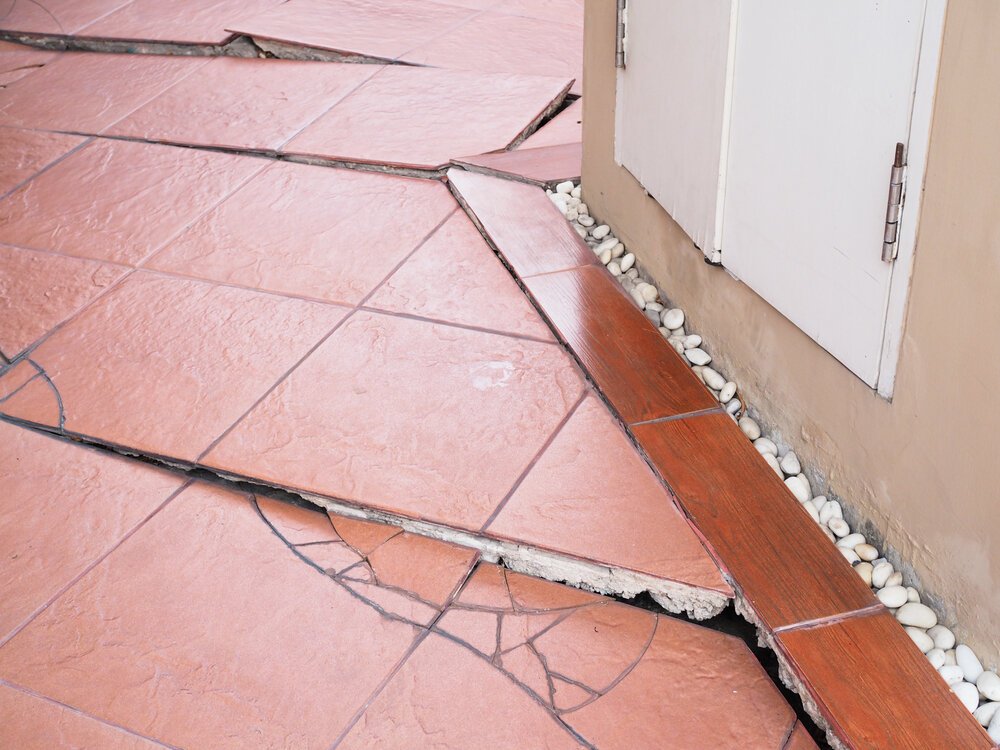Soil Shifting & Expansion- Reasons
Unstable property is often a concern of homebuilders. Soil built-in area where the soil is weak, homes may begin to settle on the ground as they fall short to hold the weight. This can lead to damage to the foundation and cracks in walls. It can also contribute to circumstances in which the house starts to break apart. See here the reasons and do not delay to call for a house levelling if any symptom is witnessed.
How Soil Changes
For many reasons ground may become unstable and the soil composition is the most common. For example, if there's too much sand in the soil, the soil won't stay together and will move under excessive pressure. Other times, extreme drought conditions and heavy rain contribute to the contracting and expansion of soil, rendering it instable. Soil, with a high degree of organic matter, can also become unstable as topsoil and dead vegetation rot and decompose. Finally, if not properly compacted, soil will begin to change when it is constructed.
Although attempts are being made to ensure that the earth remains stable prior to building, the unfortunate reality is that even best efforts often do little to prevent soil instability. Prior to build-up, manufacturers can apply methods of soil stabilization such as drainage, excavation and soil and chemical substitution. Soil stabilizers can also pump foamed asphalt into the soil to make it stronger. But if a homebuilder finds out that the land is changing unexpectedly after the house has been built, that's another tale.
Soil Quality
Homebuilders may discover too late, however, that the base they have developed has fragile soil. There are also some choices in that situation to ensure that the base is no longer moved and that the soil does not further erode. Typical for anchoring the base in a stronger environment are helical fixtures, which are compressed in the ground to have a more solid foundation. Helical anchors can be mounted with relatively small equipment and are relatively non-intrusive.
It is also necessary to avoid the future soil erosion around the base to protect the foundation of a new house on poor soils. The construction of retention walls or the creation of stepped sloping terraces are some of the most common methods for the prevention of soil erosion. In severe situations, contractors for soil stabilization can need to mount nets or meshes as defensive barriers to preserve soil. However, soil erosion can in most cases by careful landscaping be avoided, as roots can help preserve the top soil and avoid it being washed away in rain. Plants also help to balance soil moisture so that it is not too wet or dry.
The situation that no homemaker wants to face is faced with a changing base created by suddenly unstable soil. However, while the condition can be serious, it can be mitigated well after the foundation has been completed. Stepping up to fix and stop further soil erosion would ensure that the building stays stable for a long time to come.
Contact Ram Jack for house levelling in OKC. We have solution to every issue related to your home foundation. To know more, visit our official website.

